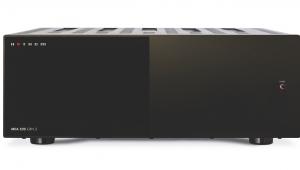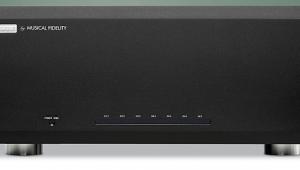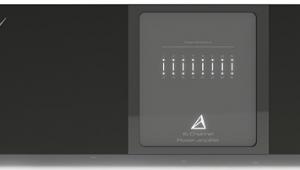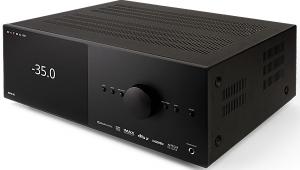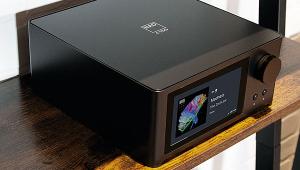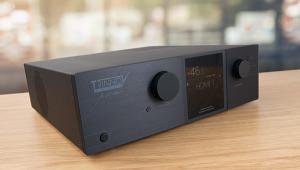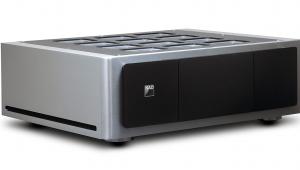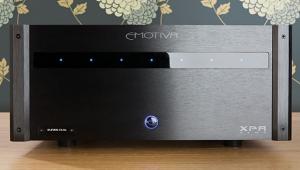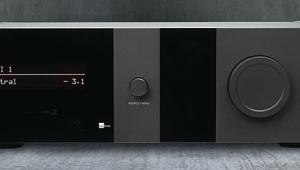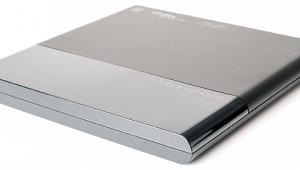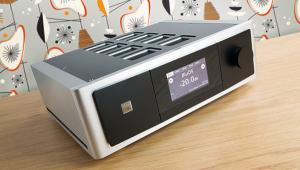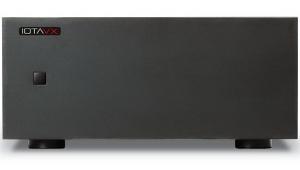Anthem AVM 70 15.2-channel Dolby Atmos AV processor review
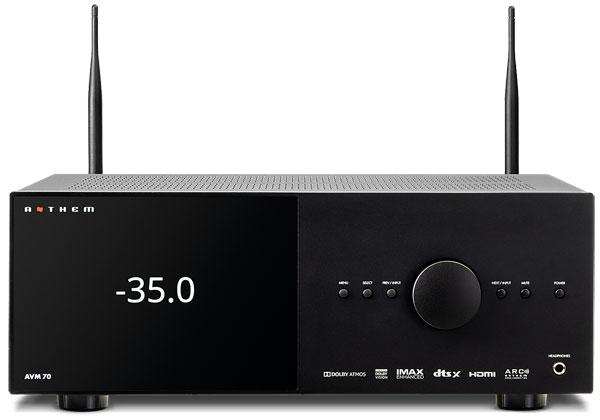
 Steve Withers installs a lot of speakers to assess this AV processor's promise of full sonic immersion
Steve Withers installs a lot of speakers to assess this AV processor's promise of full sonic immersion
First announced in October 2020, the arrival of Anthem's new home cinema range in the UK has been delayed by you-know-what, but finally its AVM 70 processor is here and ready to rumble. It joins three AV receivers – the flagship MRX 1140, the MRX 740 (reviewed in HCC #321), and the entry-level MRX 540 – and will be followed in due course by another processor, the AVM 90. And it's dripping in tech and setup potential.
The headline specification is its 15.2-channel processing, allied to Dolby Atmos, DTS:X Pro and IMAX Enhanced decoding (there's no Auro-3D support but that's largely moot at this stage, with Atmos rapidly becoming the dominant object-based format). Fifteen channels elevates the AVM 70 into the upper echelon of home cinema hardware, above flagship rivals from the likes of Marantz and Yamaha, and beyond the abilities of Anthem's now venerable AVM 60 model. Furthermore, the £3,600 price tag is highly competitive against 15-channel processors from Arcam, JBL, Trinnov et al.
Hidden Differences
Both Anthem's new processors appear to be almost identical, aside from the number of independent subwoofer outputs (the AVM 90 offers four, rather than two). Yet with that model set to launch with a suggested retail price of £6,749, there are obviously changes beneath the lid: differences over the AVM 70 will be 'upgraded audio circuitry' and a more upmarket DAC.
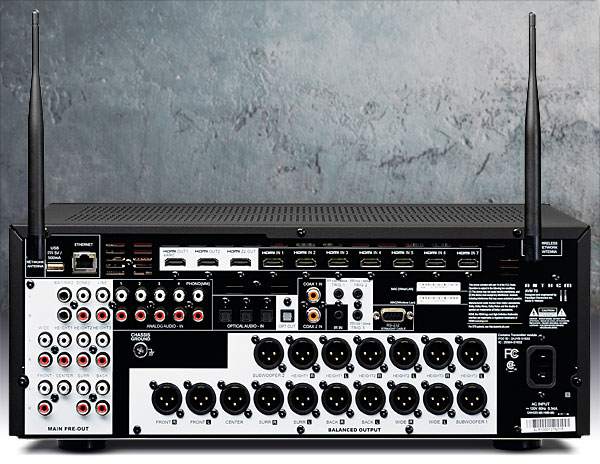
The benefit of taking the processor route, as opposed to an AV receiver/integrated amplifier, is that you can match it with amplification of your choice. Any power amp(s) will of course work with the AVM 70, but Anthem offers a new range of its own (see boxout, right).
This processor has a smart design (especially when compared to the button-strewn Anthems of yesteryear), and it extends across Anthem's entire range. It's all rather minimalist, with the left-hand-side of the fascia finished in black glass, and the right in matte black. There's a display behind the glass, while a few basic controls are located over on the right, but that's your lot, apart from a 6.35mm headphone jack and some logos.
While the new display is a step up from the dot-matrix jobbie that graced the previous generation, it feels like a missed opportunity. Lacking colour or images, it simply imparts basic information in a basic manner.
Balanced Approach
The AVM 70 obviously lacks speaker terminals, but its back panel is nevertheless connection-heavy. There are balanced XLR outputs for its 15.2-channel complement, along with matching (and unbalanced) RCA outputs for those who'd rather use phono connectors or don't have balanced amplification.
There are seven HDMI inputs and two HDMI outputs, plus a third output for a second zone. The main output supports eARC, and all the HDMI ports are compliant with HDR10, HLG and Dolby Vision. There's an HDMI 2.1 upgrade in the offing, which will add support for 8K/60, 4K/120, VRR and ALLM, along with HDR10+ passthrough. Anthem is a bit vague on the date and price of this update, but it's expected early next year.
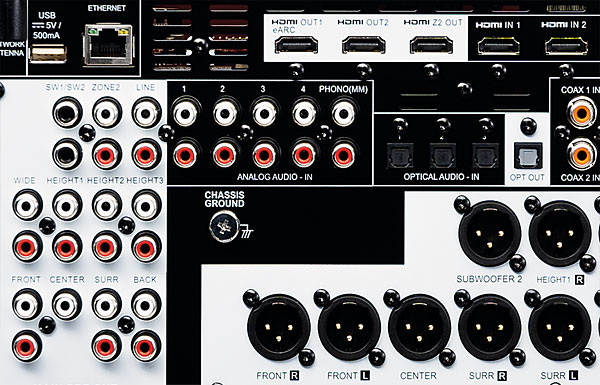
In terms of legacy connections you get five analogue inputs, three optical digital inputs, a pair of coaxial digital inputs, and a USB port. Of more use to many integrators will be the processor's IR input, 12V triggers, and RS232 serial connector.
There are dual (and fairly large) antennas at the rear for Wi-Fi and Bluetooth, along with an Ethernet port if you prefer a wired connection. The AVM 70 supports Apple AirPlay 2 and Google Chromecast, with Anthem planning to add Spotify Connect and Roon soon.
A zapper with a useful backlight is supplied, but the processor doesn't currently work with Anthem's remote app, although it should do soon. For comprehensive control, an excellent web user interface provides access to all setup menus. It's sure to be a hit with custom installers, as will the compatibility with third-party control solutions Control4 and Crestron.
Thanks to this web user interface the AVM 70 is the proverbial slice of gateaux to set up, and all you really need to do is decide what kind of speaker layout works best for your room. When it comes to object-based audio, the more channels available, the more precise the placement of effects, but clearly not everyone can accommodate 15 speakers and a pair of subs.
You can run any configuration from two-channel and up, so you could start with a 5.1.2-channel setup, and then gradually add more speakers and amps as you expand to the full 9.2.6 layout. Whatever system you decide to go for, once you've wired up the speakers and connected your sources, it's time to fine-tune the performance.
 |
Home Cinema Choice #351 is on sale now, featuring: Samsung S95D flagship OLED TV; Ascendo loudspeakers; Pioneer VSA-LX805 AV receiver; UST projector roundup; 2024’s summer movies; Conan 4K; and more
|



